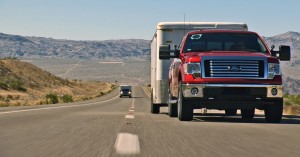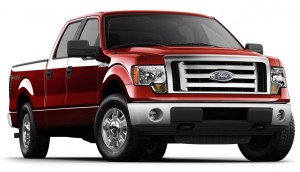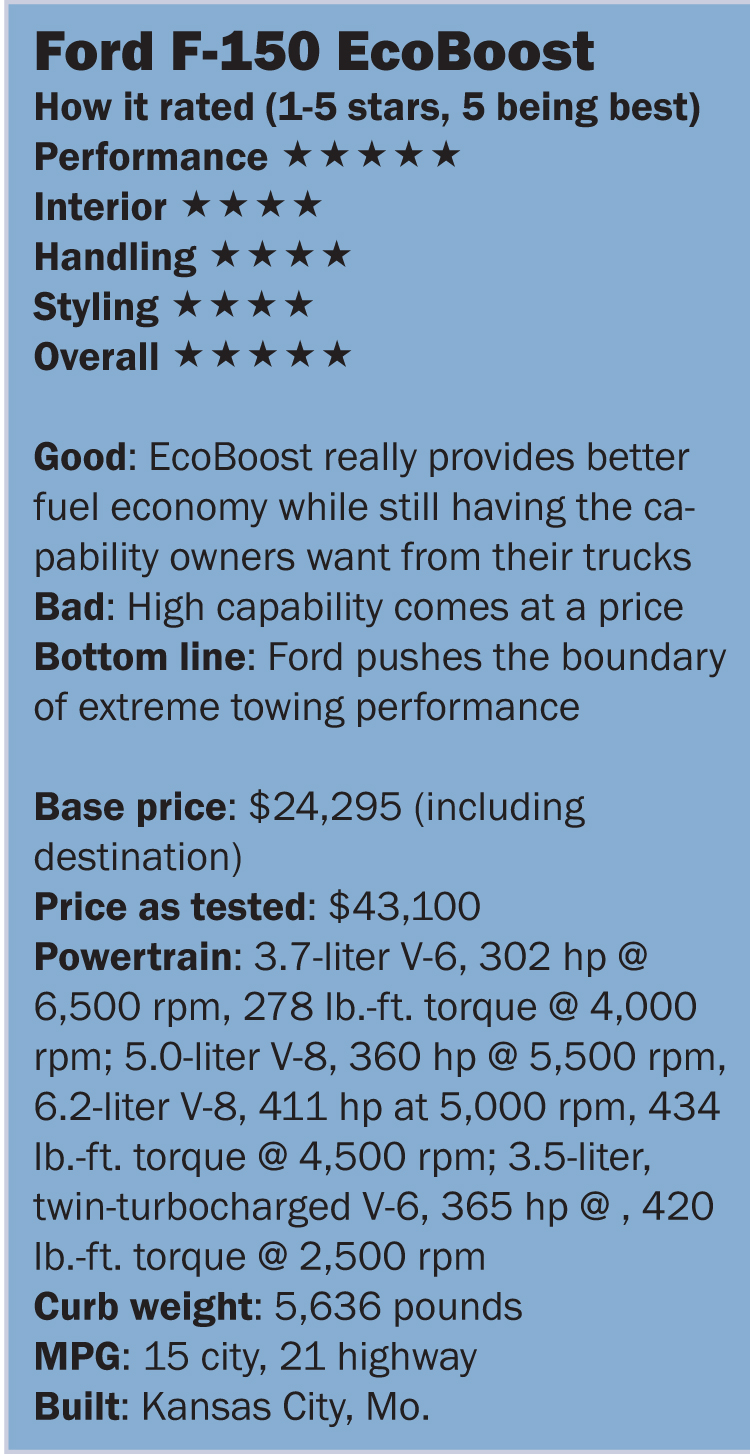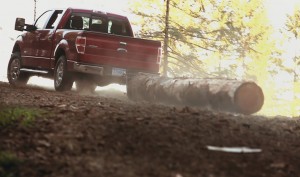
The Davis Dam Site is the standard test for testing towing capacity. Ford's F-150 with EcoBoost is able to match big V-8s in handling the test.
Tell friends that you bought the twin-turbocharged 3.5-liter V-6 because it offers the most towing capacity of any of version of this big Ford F-150 pickup and they’re sure to raise an eyebrow.
Typically, you would expect that the big V-8 would have the highest capability numbers. But the turbo V-6, called EcoBoost, stands toe to toe with the biggest engine offered in the F-150, the 6.2-liter V-8.
Here’s the numbers: The 3.5 is rated at 365 horsepower, while the 6.2 comes in at 411 horsepower. While the V-8 has 434 pound-feet of torque, the 3.5 is rated at 420 pound-feet. But the turbo engine’s torque peak comes at 2,500 rpm, a surprising 2,000 earlier than the 6.2’s torque peak. People who tow covet a low-rpm torque peak.
Bottom line, the big V-8 is more powerful than the turbo V-6, but not by a lot. And Ford gives both the same tow rating: a maximum of 11,300 pounds. The test truck was rated to tow 100 pounds less.
The big difference is fuel economy. The two-wheel drive 6.2 is rated at 13 city mpg and 18 highway, but the EcoBoost is rated at 15/22. That’s a big improvement. The test truck with the EcoBoost, four-wheel drive and the max towing package, was rated at 15/21. We saw 17 in a mix of freeways and rural two-lanes with no trailer.

Ford's twin-turbo 3.5-liter EcoBoost engine can tow as much as the 6.2-liter V-8, but provides significantly better fuel economy.
The other difference is the sound. American V-8s have a unique growl that is as interesting to listen to as the Led Zeppelin’s Stairway to Heaven. The EcoBoost sings no such song. The turbos muffle the exhaust sound. It’s smooth and quiet, but the exhaust soundtrack simply doesn’t match the V-8s. Whenever you long for that sound, just remember the money you’re saving at the pump.
Ford also offers the F-150 with a 5.0-liter V-8, but EcoBoost easily crushes its numbers. Tuned for F-150 duty, the 5.0 puts out five fewer horsepower and 40 fewer pound-feet of torque compared to EcoBoost. Despite lower capabilities, the 5.0 is rated at 15 city and 21 highway for a two-wheeler.
New this year is an available electronic locking differential, replacing the limited-slip differential. The locker is even available on two-wheel drive models.
Included in the Max Tow Package is an integrated trailer brake system. At last, no aftermarket box screwed into the panel under the steering wheel. The package ($940) also adds massive folding mirrors that telescope manually.
The price of this rig was somewhat shocking. With no navigation, no leather, no automatic or zoned climate control, this truck stickers at $43,100.

It's possible to save a few bucks by choosing the base XL trim level, but you'll be hard pressed to get an EcoBoost-equipped F-150 with max towing to price under $40,000.
But pricing is all about choosing the right options. And when it comes to big pickup trucks, pricing one of these things can require an advanced college degree. There are three wheelbases, three bed lengths, three cab styles and 10 trim levels (not including the off-road king Raptor).
F-150s start at a friendly $24,295 for a regular cab LX with a nonturbo 3.7-liter, 302-horsepower V-6. For the purposes of keeping this review at less than novel length, we’ll look at pricing a truck with maximum towing capability with four doors. Is it possible to bring this price down, reduce the froufrou and add in the options you want? Let’s find out.
 The Super Crew cab adds $8,695, raising the price to $31,780. EcoBoost adds $2,395. A package including a CD player and cruise control adds $450. Running boards add another $250.
The Super Crew cab adds $8,695, raising the price to $31,780. EcoBoost adds $2,395. A package including a CD player and cruise control adds $450. Running boards add another $250.
Just for kicks, we priced this truck with Ford’s base XL trim level. Including carpeting ($145) and the XL Plus package (CD stereo with MP3 capability and cruise control), the truck priced out at $40,685. So it’s possible to save a few bucks, but it’s unlikely you’re going to get below 40 grand if you want the big cab and max towing capability.
Acceleration is brisk for a big truck. Turbo lag is nonexistent. It feels tall and the suspension is springy, but it handles with no untoward moves.
The engine compartment seems odd. There are gigantic tubes – feeding the turbos – going everywhere, but the engine itself looks lost inside the cavernous engine compartment. Could a future iteration of the F-150 offer different-sized engine compartments sized for the engine they house?
Passenger space is superb. Front-seat passengers have plenty of space, although there could be more places to stash stuff like cellphones and the other detritus of travel. The center console is huge and laptop ready, but there’s not much in the way of organizers.
Rear-seat passengers will think they’re in a limo. There’s enough space back there to have a serious party.
It’s a good-looking truck. The chrome package ($1,595) adds plenty of bling including a chrome step bar and chrome wheels.
A $450 rear-view camera would seem to be a necessity, as would the reverse sensing system that is part of a $495 package that also includes a power sliding rear window and rear defroster, which both seem superfluous.
But after all that, there’s a $1,500 “XLT Convenience Chrome” credit. Seriously, the people who sell these things should have Ph.Ds. Is Chrome a convenience?
Times are changing. Tiny four bangers are replacing larger fours and turbo fours are replacing sixes. Now turbo sixes are replacing V-8s and they’re doing the heavy lifting with seriously improved fuel economy.

